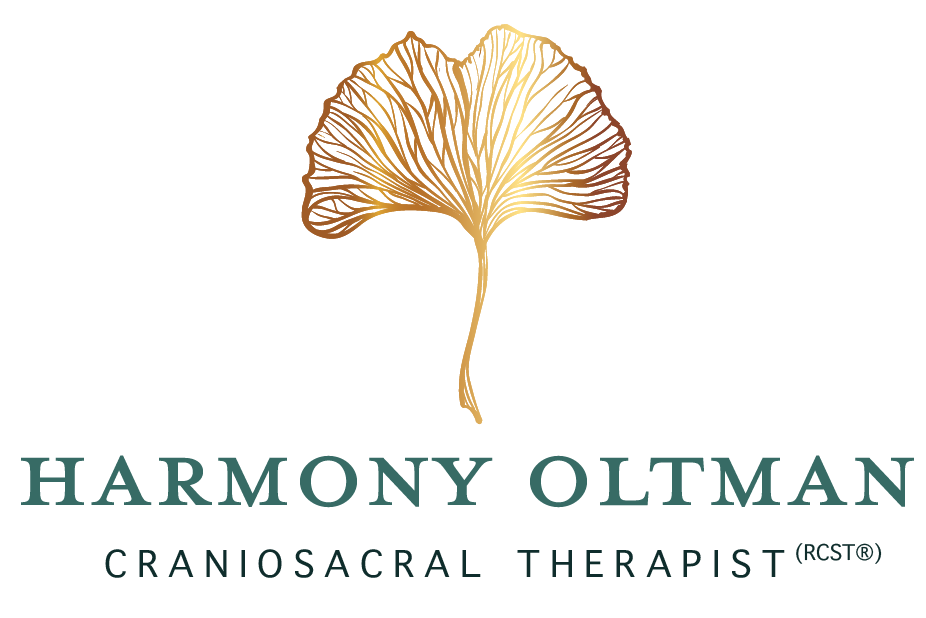Introduction to Biodynamic Craniosacral Therapy
by Michael Kern, DO., R.C.S.T., M.I.Cr.A., N.D.
Life and motion
Life expresses itself as motion. At a deep level of our physiological functioning all healthy, living tissues subtly "breathe" with the motion of life - a phenomenon that produces rhythmic impulses which can be palpated by sensitive hands. The presence of these subtle rhythms in the body was discovered by osteopath Dr William Sutherland over 100 years ago, after he had a remarkable insight while examining the specialized articulations of cranial bones. Contrary to popular belief Dr Sutherland realized that cranial sutures were, in fact, designed to express small degrees of motion. He undertook many years of research during which he demonstrated the existence of this motion and eventually concluded it is essentially produced by the body's inherent life force, which he referred to as the "Breath of Life." Furthermore, Dr Sutherland discovered that the motion of cranial bones he first discovered is closely connected to subtle movements that involve a network of interrelated tissues and fluids at the core of the body; including cerebrospinal fluid (the 'sap in the tree'), the central nervous system, the membranes that surround the central nervous system and the sacrum.
Essential ordering principle
The essential ordering principle carried in the rhythms of the Breath of Life acts as a blueprint for health which is present from the time of our early embryological development and is the fundamental factor that maintains balance in our form and function. Thus, the ability of cells and tissues to express their primary respiratory motion is a critical factor in determining our state of health - when these rhythms are expressed in fullness and balance, health and well-being naturally follow.
Inertial patterning
During the course of our lives our bodies become patterned, shaped and conditioned according to how we¹re able to deal with any stresses or traumas. If stresses or traumas are overwhelming, they become locked in the body as sites of inertia - until such a time as we are able to access resources that allow them to be processed and released. These sites of inertia effect the natural rhythmical movements of the Breath of Life and so hinder the ability of our essential blueprint for health to manifest at a cellular level.
Common causes of inertia are physical injuries, emotional and psychological stresses, birth trauma and toxicity. Due to an accumulation of these stresses, tissues can become imprinted with the memory of unresolved experiences and so act like video tape which may keep replaying whenever stimulated.
A gentle facilitation
The emphasis in Biodynamic Craniosacral Therapy is to help resolve the trapped forces that underlie and govern patterns of disease and fragmentation in both body and mind. This involves the practitioner "listening through the hands" to the body's subtle rhythms and any patterns of inertia or congestion. Through the development of subtle palpatory skills the practitioner can read the story of the body, identify places where issues are held and then follow the natural priorities for healing as directed by the patient¹s own physiology.
A holistic approach
Biodynamic Craniosacral Therapy takes a whole-person approach to healing and the inter-connections of mind, body and spirit are deeply acknowledged. It is an effective form of treatment for a wide range of illnesses helping to create the optimal conditions for health, encouraging vitality and facilitating a sense of well-being. It is suitable for people of all ages including babies, children and the elderly, and can be effective in acute or chronic cases.


